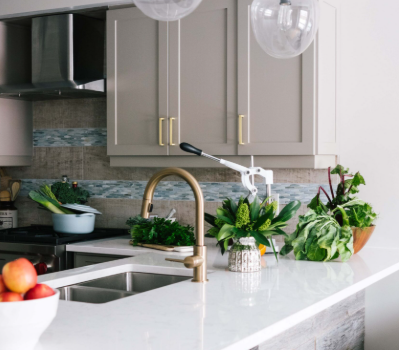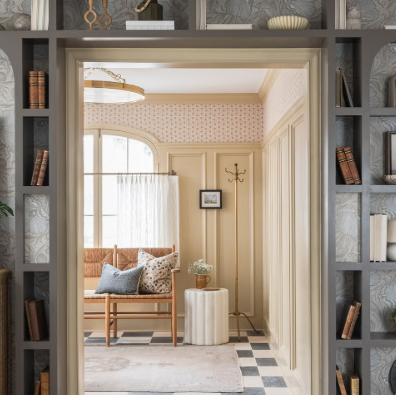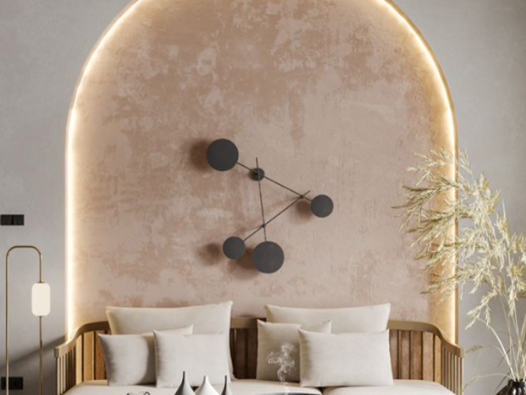
Scandinavian interior design has become synonymous with minimalist elegance, combining functionality with beauty to create spaces that are both practical and visually appealing. This design style, originating from the Nordic countries, emphasizes simplicity, natural materials, and a serene atmosphere. Here are ten tips to help you bring the timeless Scandinavian aesthetic into your own home.
Understanding Scandinavian Design
Scandinavian interior design is deeply rooted in the Nordic regions of Europe, specifically Sweden, Denmark, Norway, Finland, and Iceland. With an emphasis on minimalism, functionality, and natural beauty, this design style emerged in the 1950s and continues to captivate modern homes. The long, cold winters of the region inspired the creation of interiors that maximize light and warmth, using natural materials and neutral colors to create a cozy yet functional space.
Key Elements of Scandinavian Design
- Simplicity and Functionality: Every item in Scandinavian design serves a purpose, combining form with function.
- Neutral Color Palettes: Soft whites, grays, and other muted tones create a serene backdrop for your decor.
- Natural Materials: Wood is a central feature, along with stone, wool, and leather.
- Natural Light: Maximizing daylight with large windows and sheer curtains enhances the room’s light and airy feel.
- Minimalism: Keeping spaces free from clutter while focusing on essential, practical pieces.
- Connection to Nature: Bringing the outdoors in with plants and organic textures to promote a sense of tranquility.
Top 10 Scandinavian Design Tips for Your Home
- Embrace Natural Light
Natural light is a cornerstone of Scandinavian interiors. Large windows help capture as much daylight as possible, especially during long winters.
Tip: Install wide windows with simple, sheer curtains that allow light to filter through softly. Mirrors are also a great way to reflect light and make your space feel even more open. - Opt for Neutral Colors
The Scandinavian aesthetic relies on a neutral color palette, creating a calm, inviting atmosphere.
Tip: Start with off-whites, light grays, and pale beige tones for walls and major furniture pieces. This neutral base allows you to incorporate small bursts of color through accessories like cushions or artwork. - Incorporate Natural Wood
Wood is a key material in Scandinavian design, bringing warmth and a connection to nature.
Tip: Choose light-colored, untreated wood for floors, furniture, or even ceiling beams. Adding wooden accents throughout the space will enhance its organic feel and add texture to the design. - Prioritize Functionality
Scandinavian interiors are known for their simplicity and functionality.
Tip: Select furniture that serves multiple purposes and keeps your home organized. Custom-built storage can also be a great way to maximize space while maintaining a clean, minimalist aesthetic. - Add Textural Comfort
While Scandinavian design is minimalist, it also focuses on creating comfort, often referred to as “hygge.”
Tip: Layer different textures to enhance the coziness of your space. Consider adding wool throws, soft linen cushions, or a shaggy rug to make your home feel inviting and warm. - Celebrate Nature
Scandinavians have a deep connection to the outdoors, and their interiors often reflect that.
Tip: Incorporate greenery with a variety of plants, whether hanging planters or larger potted plants on the floor. Decor inspired by nature, such as stone accents or dried flowers, can also enhance this organic vibe. - Keep It Minimal
Minimalism is central to Scandinavian interior design, focusing on quality over quantity.
Tip: Regularly assess your space and remove anything unnecessary. Choose a few high-quality, functional items that enhance your home’s beauty without overcrowding the room. - Introduce Artistic Elements
Art is an important element in Scandinavian interiors, adding character and personality to the space.
Tip: Opt for artwork that speaks to you, whether it’s abstract, nature-inspired, or minimalist. Incorporating local artists or even creating your own art can add a personal touch to your design. - Subtle Metallic Finishes
Modern Scandinavian interiors often incorporate subtle metallic elements, adding sophistication to the space.
Tip: Use brushed or matte finishes for light fixtures, hardware, or accessories. These touches of metal elevate the design while maintaining the overall minimalist aesthetic. - Blend Traditional and Modern
Scandinavian design perfectly balances the old with the new, creating timeless interiors.
Tip: Avoid contrasting eras too harshly. Instead, blend vintage pieces with modern ones, making sure they complement each other to create a cohesive, balanced look.
Conclusion
Scandinavian interior design is all about creating functional, stylish, and comfortable spaces that reflect a deep connection to nature and simplicity. By incorporating these ten tips, you can easily bring the timeless elegance of Scandinavian design into your own home, transforming it into a space that is both beautiful and practical. With its neutral palettes, natural materials, and focus on functionality, Scandinavian design continues to inspire modern interiors that are both inviting and efficient.










